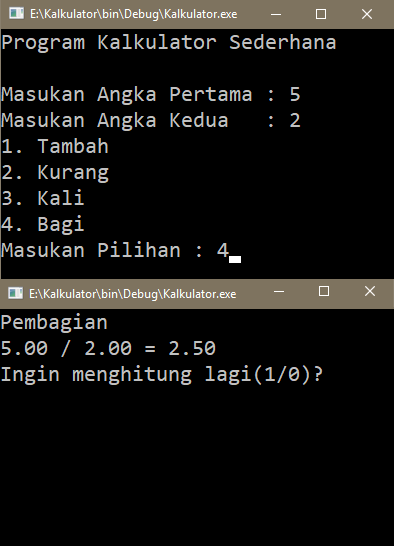

It is possible to build an arch without cement or other linking materials, simply based on the angles between the stones that compose it. Based on the loads acting upon various parts of the building, architects calculate the angles at which the walls, arches, the roof, and other elements are positioned towards one another. Angles are also used in architecture to reinforce structures.

For example, one may admire castles and gothic cathedrals in awe, but would probably pick a house with an obtuse angle roof to live in. They give buildings a dynamic and elegant, although sometimes intimidating look, while obtuse angles produce a more comfortable look. Measuring AnglesĪcute angles are often used in architecture for decoration. Two angles that are formed by two intersecting lines and are opposite from each other, not supplementary, are called vertical or opposite angles.

If they form 180° angle, they are supplementary, and if their sum is 360°, they are explementary or conjugate. Two angles that, when combined, form a 90° angle, are called complementary. If two angles equal each other in magnitude, they are called congruent. Angles that are 180° are called straight, angles that equal 360° are called full, and angles that are greater than the straight ones but smaller than the full ones are reflex angles. Types of AnglesĪngles are called right, if they equal 90°, acute - if they are less than 90°, and obtuse - if they are greater than 90°. For example, all angles in a parallelogram add up to 360°, while in a triangle they add up to 180°. The common point is the vertex of the angle, and the lines are the sides. Angles in Visual Art and Architecture OverviewĪngle is a geometrical figure formed by two intersecting lines with a common initial point.


 0 kommentar(er)
0 kommentar(er)
